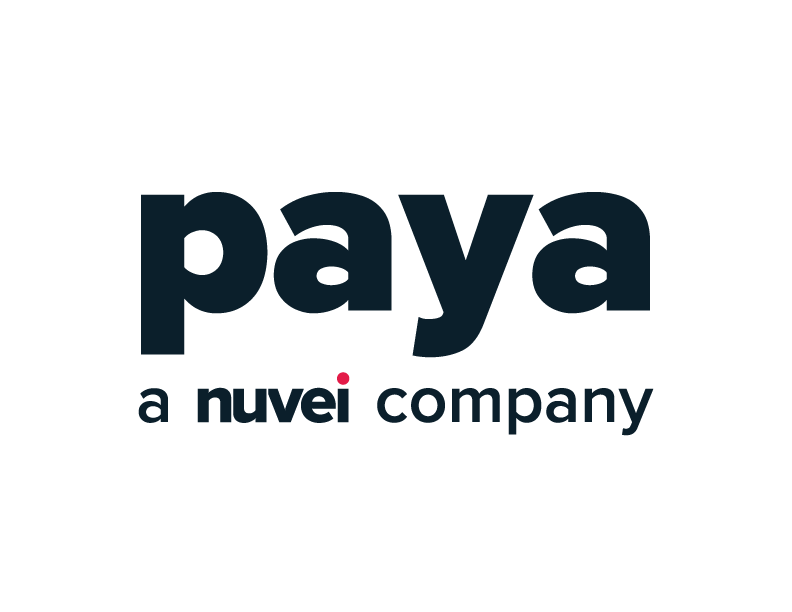
Payment facilitation, or “payfac,” continues to grow in popularity among software providers and is designed to facilitate payment card acceptance without requiring individual merchants to go through the lengthy process of establishing traditional merchant accounts. Software users can begin accepting payments almost immediately while delivering exceptional customer experiences, and the software providers themselves can scale their business like never before.
Payfac can be attractive to ISVs as it facilitates instant merchant account approvals, also known as frictionless boarding. It eliminates the traditionally long account setup process that requires multiple steps, including a merchant application followed by a risk and underwriting assessment and supporting business documentation amongst other requirements. Additionally, the brand experience with payfac is consistent, as ISVs can white-label the entire payments experience. But traditional payment facilitation is not for everyone, as there are significant limitations and costs are high, making the path to ROI long.
That’s where a managed payfac program can make all the difference. With a managed payfac program, software providers receive all the benefits that payment facilitation has to offer without the risks, costs, liabilities, and burdens of the traditional model.
Understanding the Traditional Payfac Model
Payment facilitation is designed to enable payment card acceptance without requiring each merchant to go through the process of establishing a traditional merchant account. The program has gained popularity over the past decade or so, as a way for software providers to maintain control of the customer payments experience while also monetizing it.
Software providers that act as payfacs are the established merchant of record with an acquirer and their clients are sub-merchants. They aggregate transactions under a master merchant account and process credit, debit, and other payment types on behalf of sub-merchants. Payfac eliminates the need for a merchant to work with a traditional payment company, since the software provider handles the entire payments lifecycle.
Benefits of the Traditional Payfac Model
Payment facilitation, although complex, provides several benefits for software providers.
- It can be lucrative. Under the payfac model, sub-merchant transactions are aggregated, producing large transaction volumes. With these large volumes, integrated payments providers are, in turn, able to sometimes reduce processing costs.
- Software providers have full control of the customer experience. From onboarding and underwriting to chargeback and dispute management, disbursements, and post-processing, in the traditional payfac model, facilitators have control when handling complicated issues. Billing processes are streamlined, and the software provider can create and manage programs specifically tailored to meet their merchant needs.
- It’s a one-stop shop. When customers have issues with their payments, they have one place to call: their software provider. Also, having a payment solution that is native to a software application increases the customer lifetime value (CLV) as it’s harder for the customer to leave and use a new software provider.
Pitfalls Associated with the Traditional Payfac Model
Of course, like many solutions, there are some negatives. Traditional payment facilitation is no different.
- Not every client is a fit for payfac. Many merchants are not eligible payment facilitation. Visa and MasterCard have a one-million-dollar annual volume cap on how much a “sub-merchant” can process. Merchants processing annual volumes that exceed this limit are required to have individual, traditional merchant accounts.
- There are infrastructure costs. Under the traditional model, payment facilitators need substantial cash reserves, plus significant capital, to support staffing of full-time employees to manage ongoing payment infrastructure support. This is because they take on responsibilities traditionally handled by payment processors, including contracts, funding, reporting, and customer services for sub-merchants, as well as risk and underwriting.
- Software providers must obtain financial institution sponsorship. The traditional payment facilitation model requires software providers to obtain financial institution sponsorship. Facilitators are required to pay registration and annual renewal fees of $5,000 each to Visa and MasterCard.
- There’s assumed risk and liability. Traditional payfacs are 100% liable for their merchant portfolio.
- Staffing and payments knowledge is imperative. To handle the entire transaction lifecycle, software providers must staff subject matter experts who understand complex disciplines such as merchant pricing, risk and underwriting, and regulatory and compliance management, as well as be able to fully service merchant accounts.
- It’s a long path to ROI. To offset the high facilitation costs and risks, software providers need to make sure customers can generate enough revenue to make the model worthwhile. Without a large client base and the corresponding transaction volume, software providers may not have what’s needed to cover all operational costs.
The Solution: Managed Payment Facilitation
To offset these challenges, managed payment facilitation models have emerged that provide software providers with the many benefits of payment facilitation without the pain points. While program specifics vary among payment processors, in many cases, there are no requirements for upfront capital, in-house payments expertise, bank sponsorship, PCI audits, Visa and MasterCard registration, or assumed risk and liability.
Software providers get a more competitive payments program with instant, frictionless merchant onboarding, near-real-time payment acceptance, and a white label solution for a seamless customer experience. For ISVs with a business case for traditional payment facilitation, a managed model is a great place to start. Software providers can gradually take on more in-house responsibility after gathering real-life experience, rather than diving into the payment facilitation deep end, headfirst to sink or swim.
So Which Payfac Model is Right for You?
For software providers with the right merchant portfolio, the tools and expertise to support clients’ needs as well as meet legal requirements, becoming a payfac may be the right next step. However, for others, a managed payfac program is a better alternative, delivering the perks without the heavy lift. Whichever model fits your business best, look to Paya to deliver a flexible payments partnership that paves the way for growth and profitability while creating exceptional commerce experiences.
Paya understands our clients’ business needs in the industries they serve. Our expertise underpins our ability to build and deliver comprehensive payment solutions that enhance customer experiences and outcomes. With more than 25 years of industry experience and 2,000+ industry partners, Paya is the leader in delivering simpler, more efficient, and deeply integrated payment solutions. Learn more about our managed payfac solution and how it can benefit your organization.
